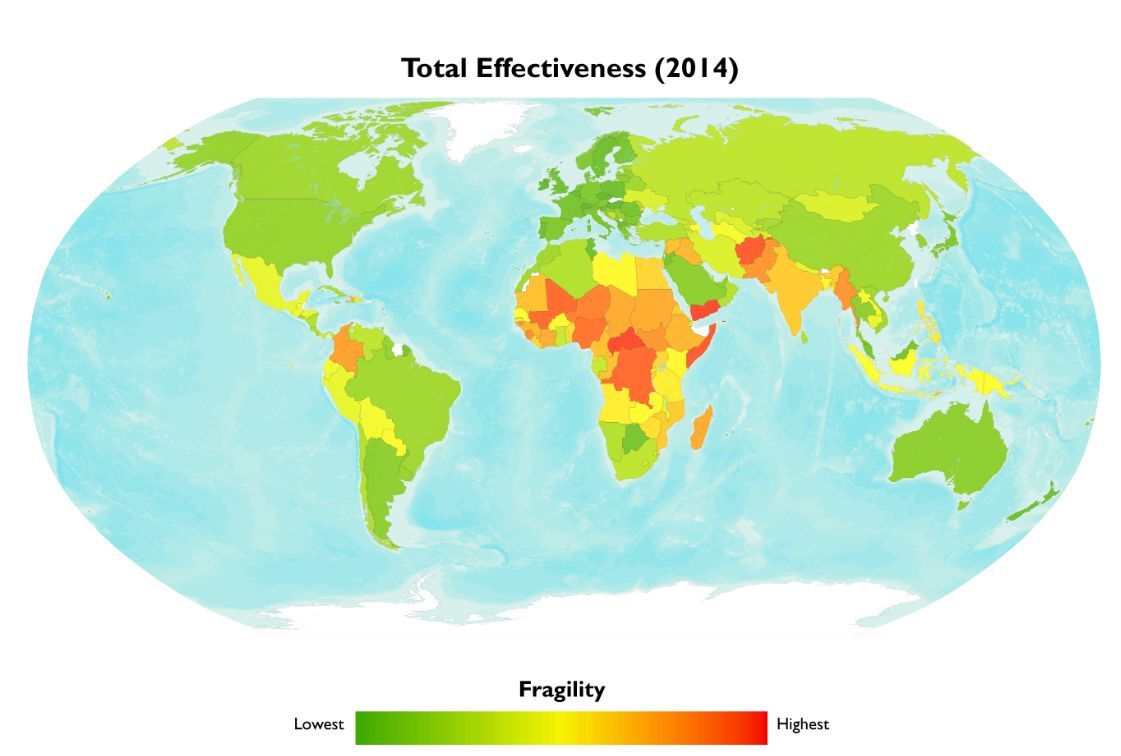New study identifies the locations where fragility and climate risks co-occur in significant ways around the world

Austin, Texas, 30 October 2018
A study by Strauss Center scholars provides robust new data on where—and how—fragility and climate risks combine to make populations more vulnerable to humanitarian emergencies and instability across the globe.
“With increasing aid investments and security assistance in states affected by localized conflict, political upheaval, and humanitarian crises, there has been a convergence of interventions in fragile states. Yet the relationship between these varied threats and interventions in this context is exceedingly complex,” said Ashley Moran, director of the Strauss Center’s State Fragility Initiative and lead investigator on the study.
“Knowing the specific ways that fragility and climate risks intersect can help assess how policies promoting peace, political stability, and resilience can be best designed to positively reinforce each other and reduce both the fragility and climate risks that can contribute to instability in these countries.”
The study report, The Intersection of Global Fragility and Climate Risks, identifies the locations where fragility and climate risks co-occur in significant ways around the world. It reveals that most highly fragile states—where institutions and mechanisms for meeting public needs are already strained—have a large number of people or large share of the population facing high climate risks, adding challenges that can exceed state capacity and societal resilience.
The global findings—along with country briefs exploring how compound fragility-climate risks take shape in different contexts in Bangladesh, Colombia, and Nigeria—provide new data on the role of fragility in the indirect pathways between climate risks and a range of potential security threats.